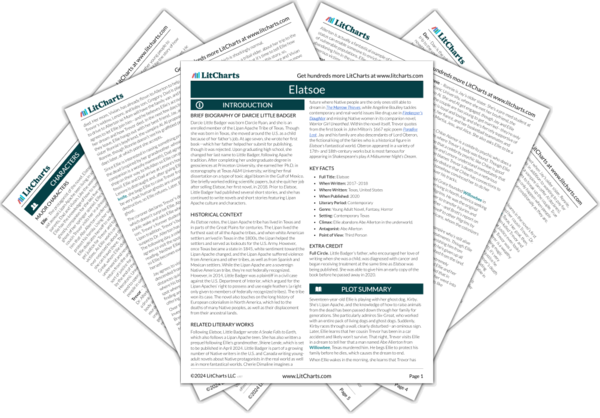Lord Oberon is the fictional king of the fairies who appeared in various works in medieval and Renaissance literature and poetry (though within the world of
Elatsoe, he’s a historical figure). It’s significant that while Jay can use magic thanks to his genes, his abilities are relatively weak—while Ellie’s ability to raise the dead stems from knowledge, or learning, practicing, and generally working hard. These are two very different ways of thinking about how a person gains power, and it suggests a difference between how Native Americans and white colonizers (descendants of Oberon) think about it.
